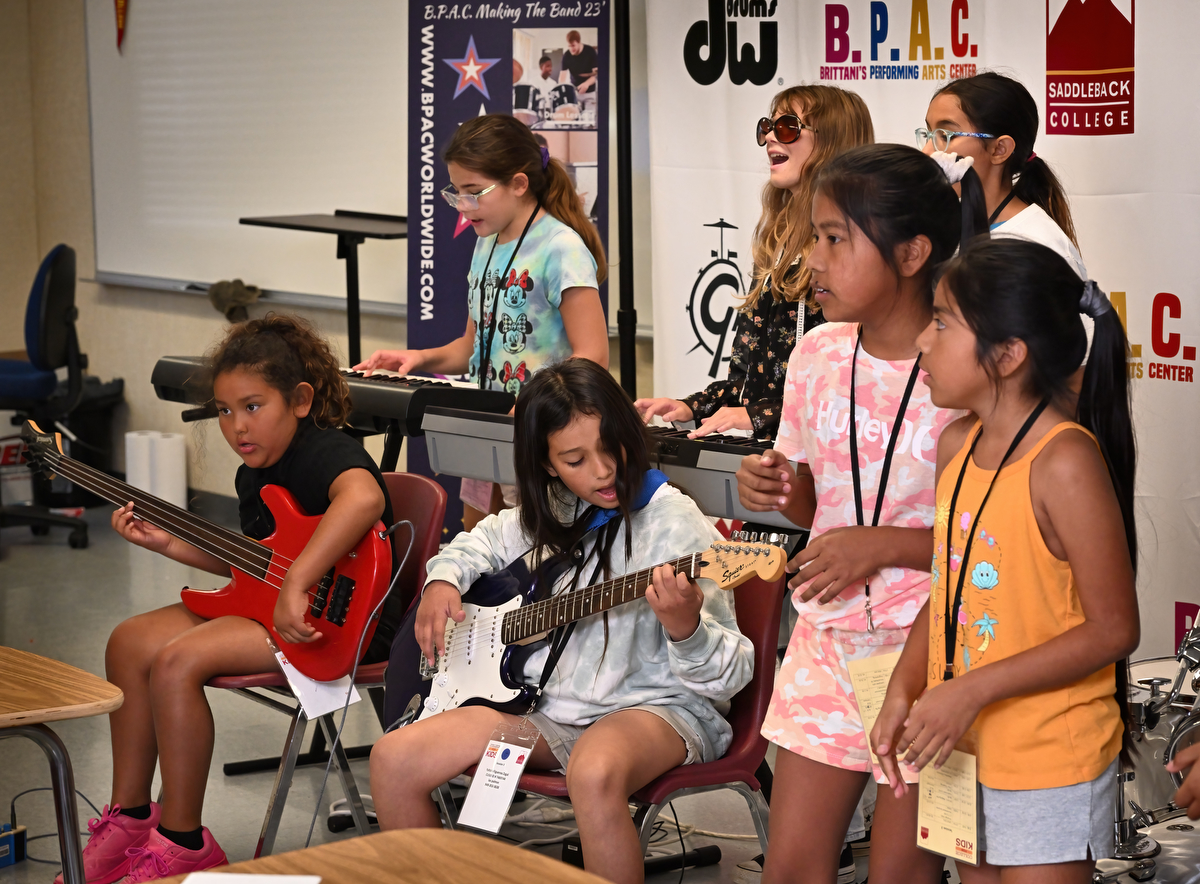By Greg Mellen
For the first time, about 500 students in Capistrano Unified School District elementary schools were able to spend part of their summer in the College For Kids program at Saddleback College.
As part of the district’s new Expanded Learning Opportunities Program (ELO-P) grant, English learners eligible for free or reduced-price meals, homeless youths, and foster youths had the opportunity to spend two weeks attending workshops and classes on the college campus in Mission Viejo.
Saddleback’s popular Community Education program offers Monday to Thursday classes in a vast array of subjects, including sports, such as soccer, golf, tennis, and volleyball; arts classes, like ceramics and painting; performing arts, such as popular band music and acting; culinary classes; and even STEAM education.
“This is an incredible opportunity for our students to take part in a summer camp that wouldn’t be financially available without the ELOP grant,” said Beth Ewing, Director of Expanded Education for CUSD.
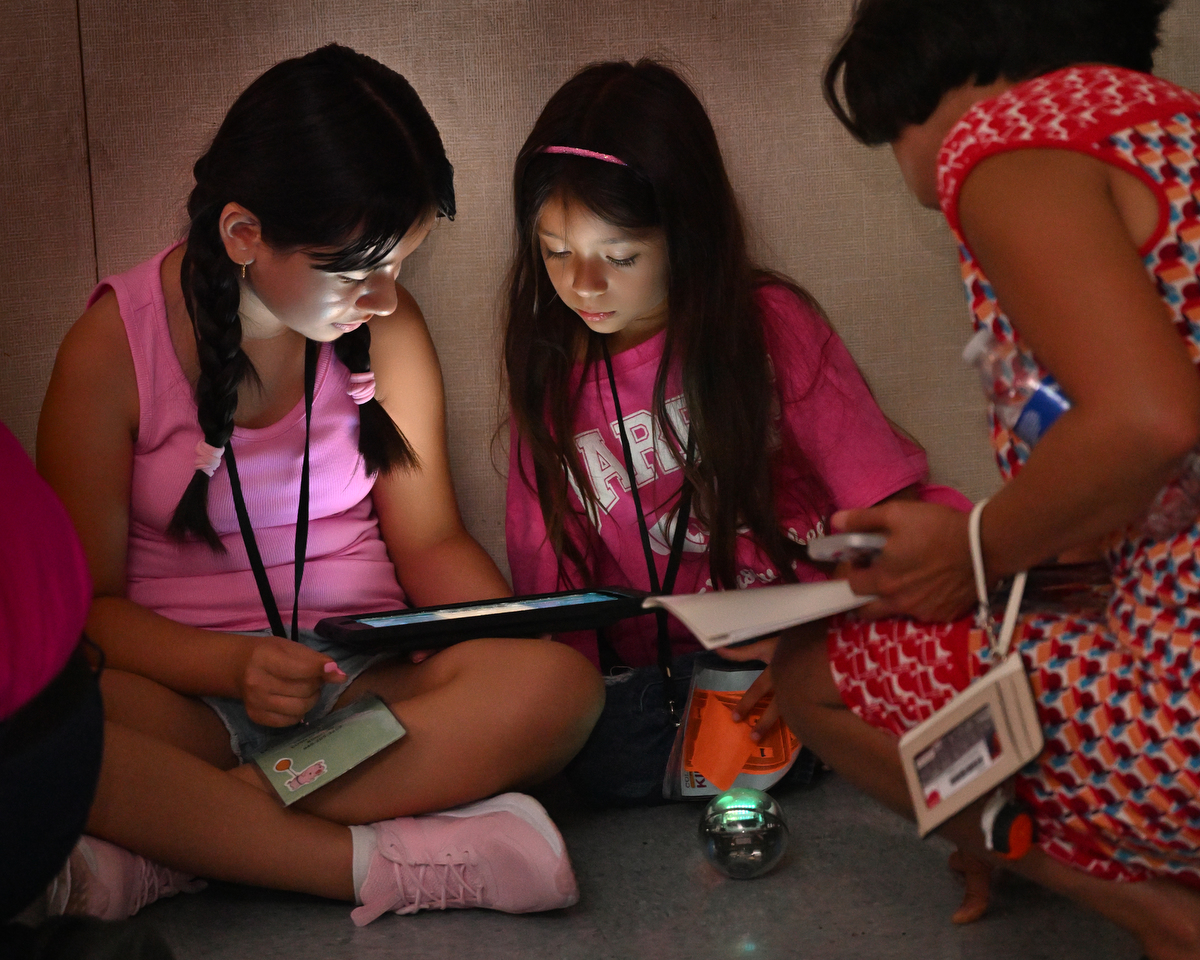
Photo by Steven Georges/CUSD Insider
College For Kids is a fee-based summer program that offers three sessions. Classes cost anywhere from $111 to $299 per week. However, through the California Department of Education grant, qualifying CUSD students had the chance to participate for free. In the process they were able to take classes not widely available in school, and they got to do so on an actual college campus.
“This levels the playing field,” said Dr. Elliot Stern, President of Saddleback College, adding that studies show that something as simple as a site visit to a college can make a profound difference in the life of students who may never have known that advanced education was available to them.
Arron Searcy, Assistant Director of Community Education at Saddleback College, said this was the first time on a college campus for many of the students.
“A lot of kids get off the bus and say, ‘Oh, my, gosh,’” Searcy said.
“They get that sense, ‘If I work hard this might be possible,’” said Denise Ludes, a program coordinator for Community Education.
“The enrichment (classes are) the ones we really wanted to get the kids involved with,” Ewing said.
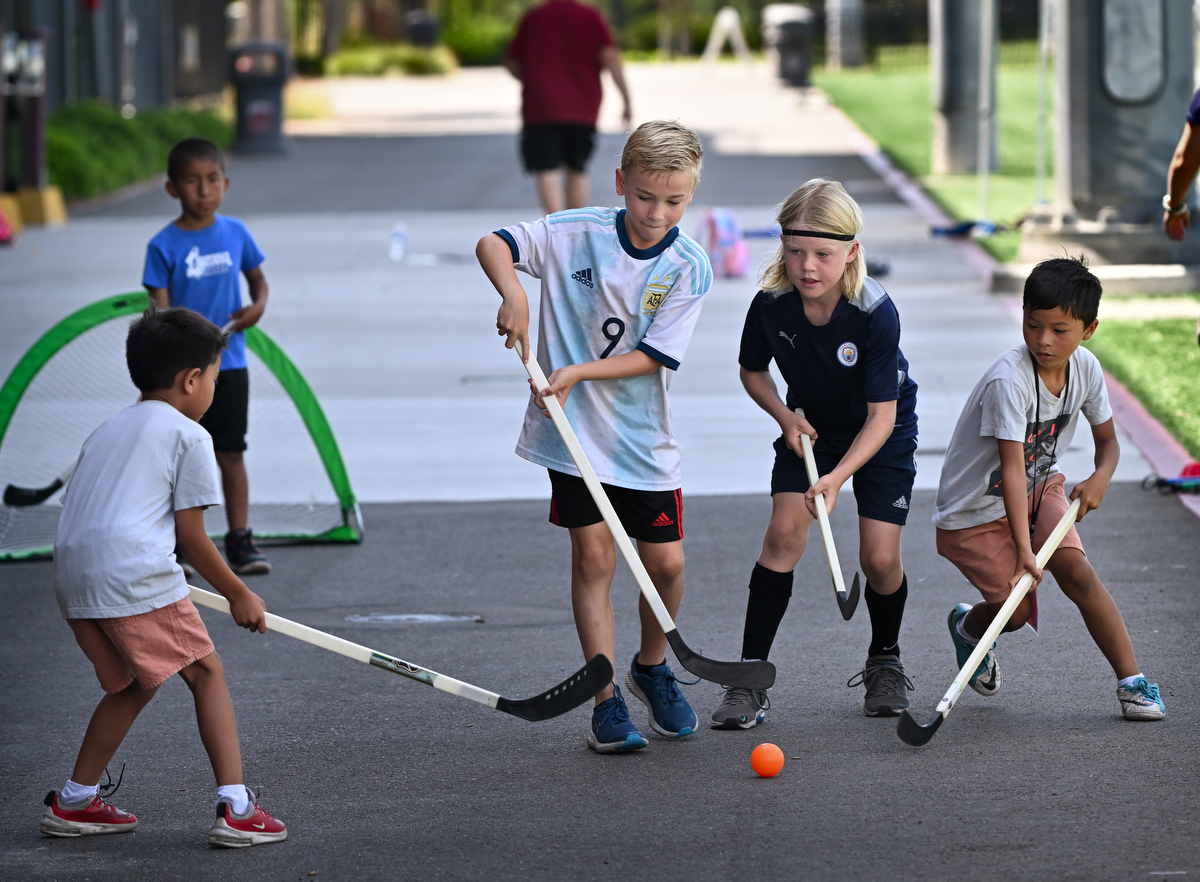
Photo by Steven Georges/CUSD Insider
Taking a tour
On Aug. 1, representatives from CUSD were able to see the program which was opened to students from seven elementary schools in the district and will rotate through the district in future years.
Ewing said children and their families were allowed to choose the classes that interested them and attended full days from 9 a.m. until 4:30 p.m. They were transported on school buses. As part of the agreement, the school district agreed to offer lunch to all 1,000 kids participating.
ELOP extends to before and after school, intersession, and summer education. The program focuses on developing students’ academic, social, emotional, and physical needs with hands-on learning experiences.
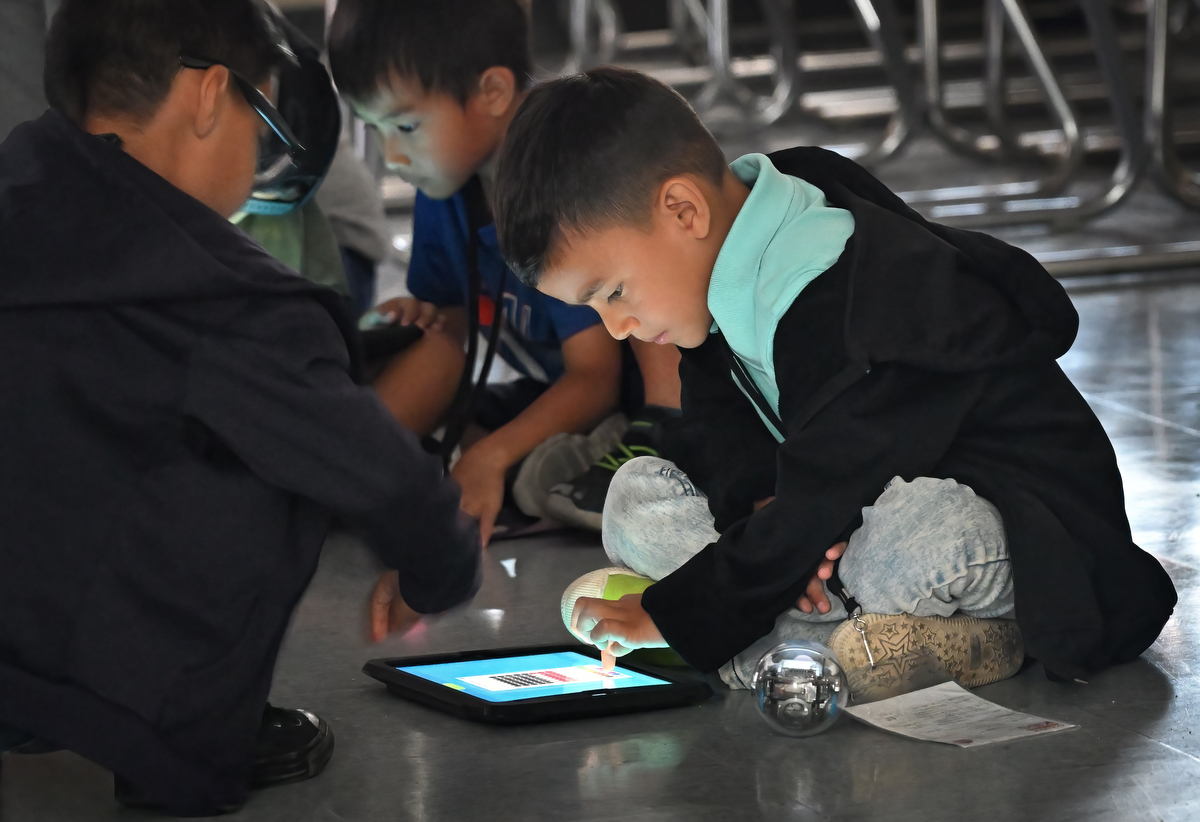
Photo by Steven Georges/CUSD Insider
As the CSUD contingent toured a sports field behind the Saddleback football stadium, students were playing soccer, doing calisthenics, and learning golf.
Steve Cook, an instructor from TGA Golf Academy in Long Beach, said his golfers were just learning to use drivers after learning putting and chipping. Most had never swung golf clubs before entering the class. Cook said at the conclusion of daily lessons, the golfers typically gather for talks about larger life issues.
In one classroom, Melanie Miller, a programs coordinator for the Dreams for Schools nonprofit, was teaching a Sphero Robotic class. In the class of kindergarten through second-grade students, each student was supplied a sphere-shaped robot and tablet, and students were learning computer coding to create animation and activate their spheres.
In the Making the Band class, musician and dancer Brittani Washington was taking prospective musicians through their paces.
“We were told we have special guests today,” Washington said when the CUSD contingent arrived.
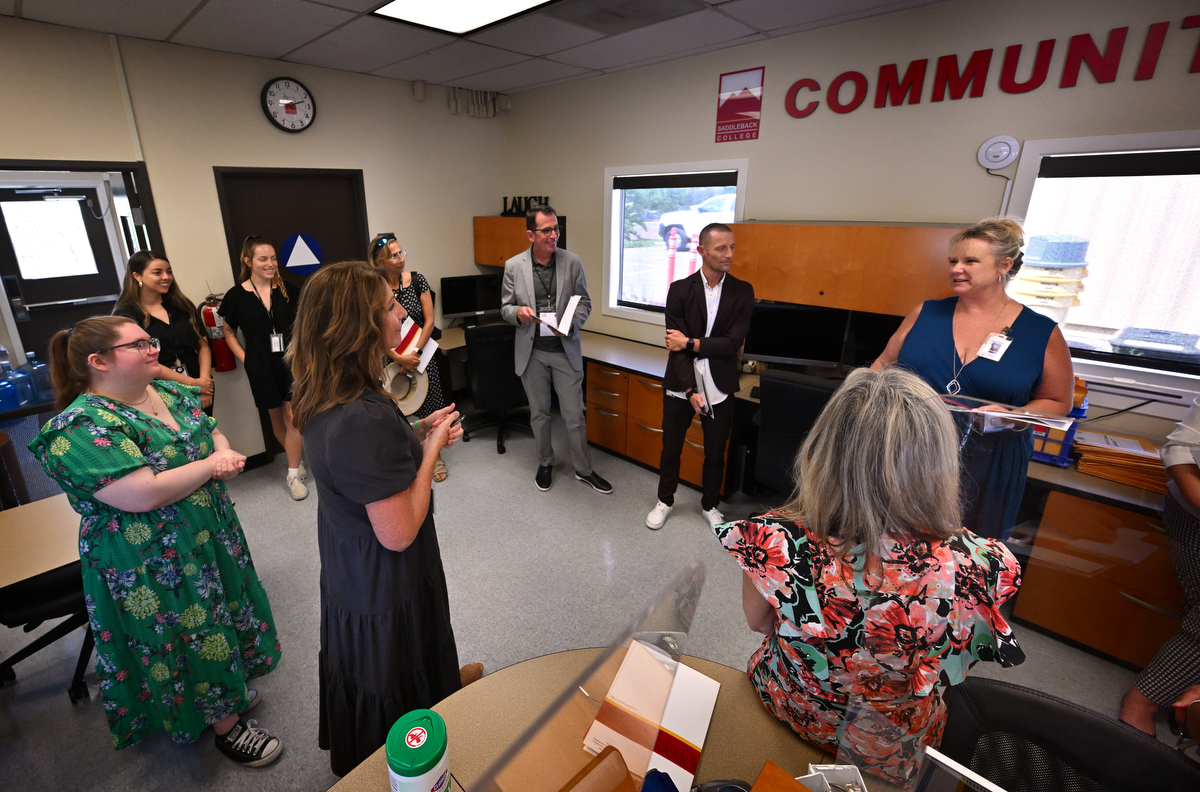
Photo by Steven Georges/CUSD Insider
With that, her class, with students on keyboards, guitars, drums, and percussion, launched into renditions of “Hold On Tight,” and the Beyonce song “Halo,” which they would debut at a concert at the conclusion of the two-week class.
Throughout the two weeks of classes, photos were taken and descriptions of activities were provided to keep parents abreast of their children’s experiences. Most of the classes concluded with some sort of showcase to share with parents and families. The primary purpose, however, was to open kids and their families to the opportunities education can provide.
Stern said research shows exposure to a college campus can have profound effects for children who may never have considered postsecondary education.
“Sometimes something as simple as a site visit can make a big difference. Particularly if it’s a first generation family,” Stern said.
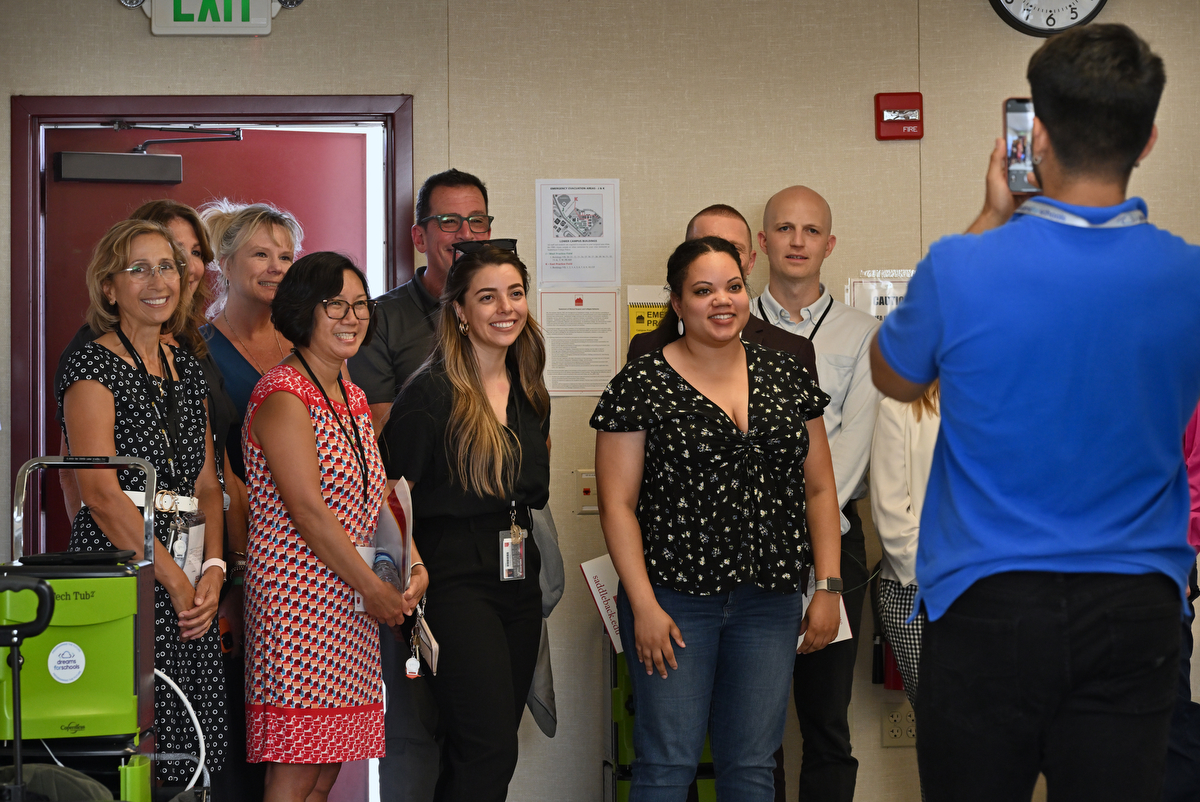
Photo by Steven Georges/CUSD Insider
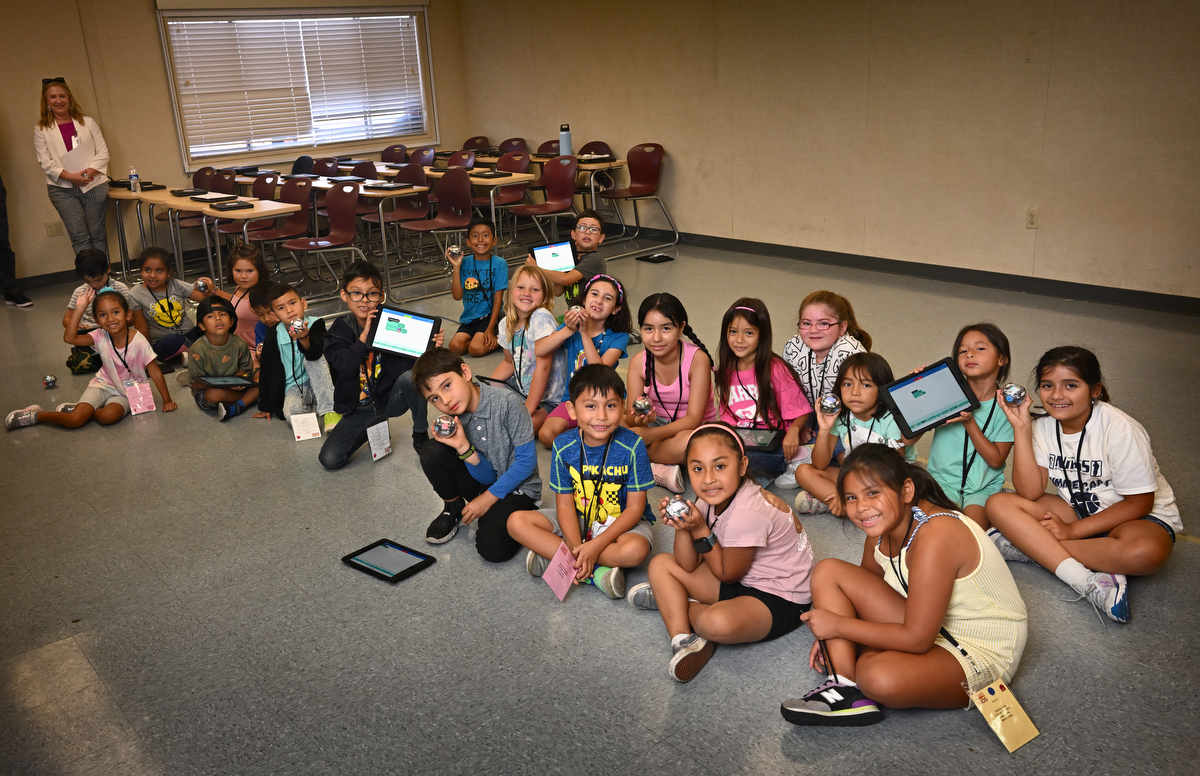
Photo by Steven Georges/CUSD Insider
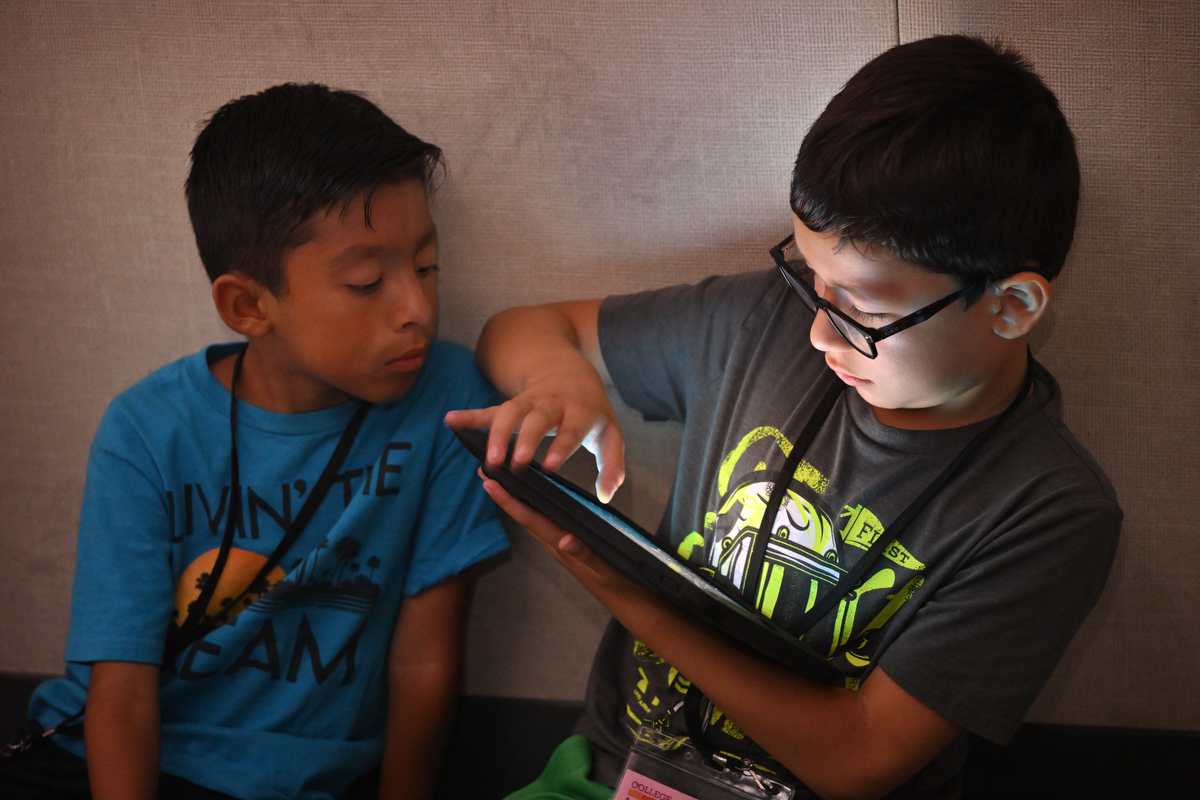
Photo by Steven Georges/CUSD Insider
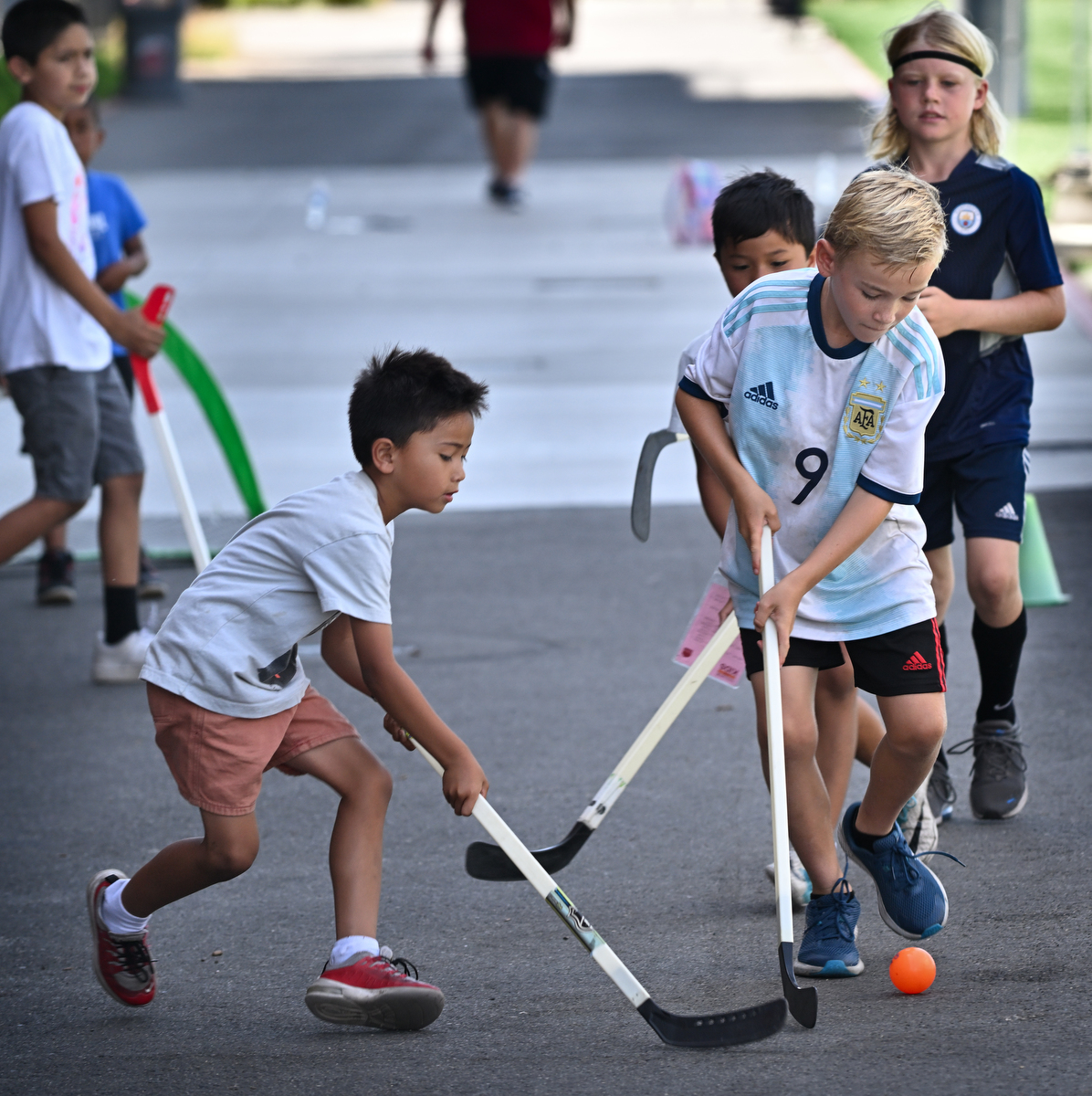
Photo by Steven Georges/CUSD Insider
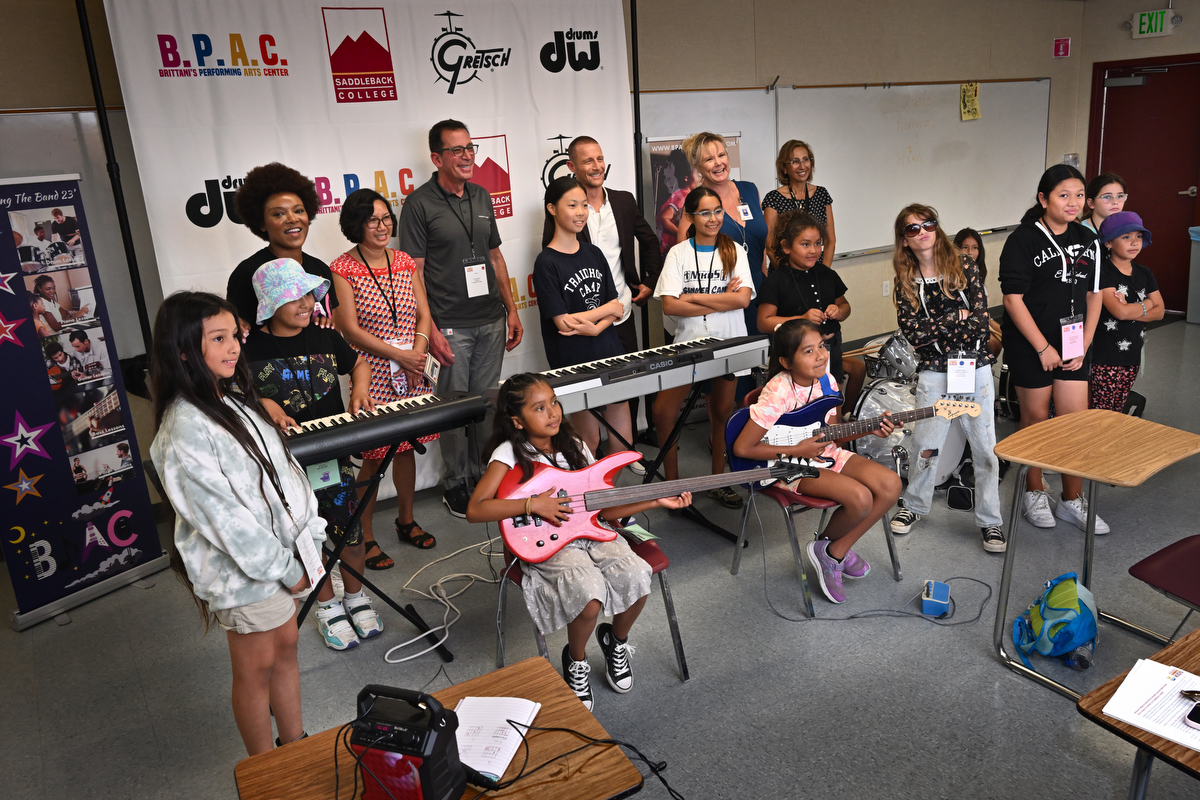
Photo by Steven Georges/CUSD Insider
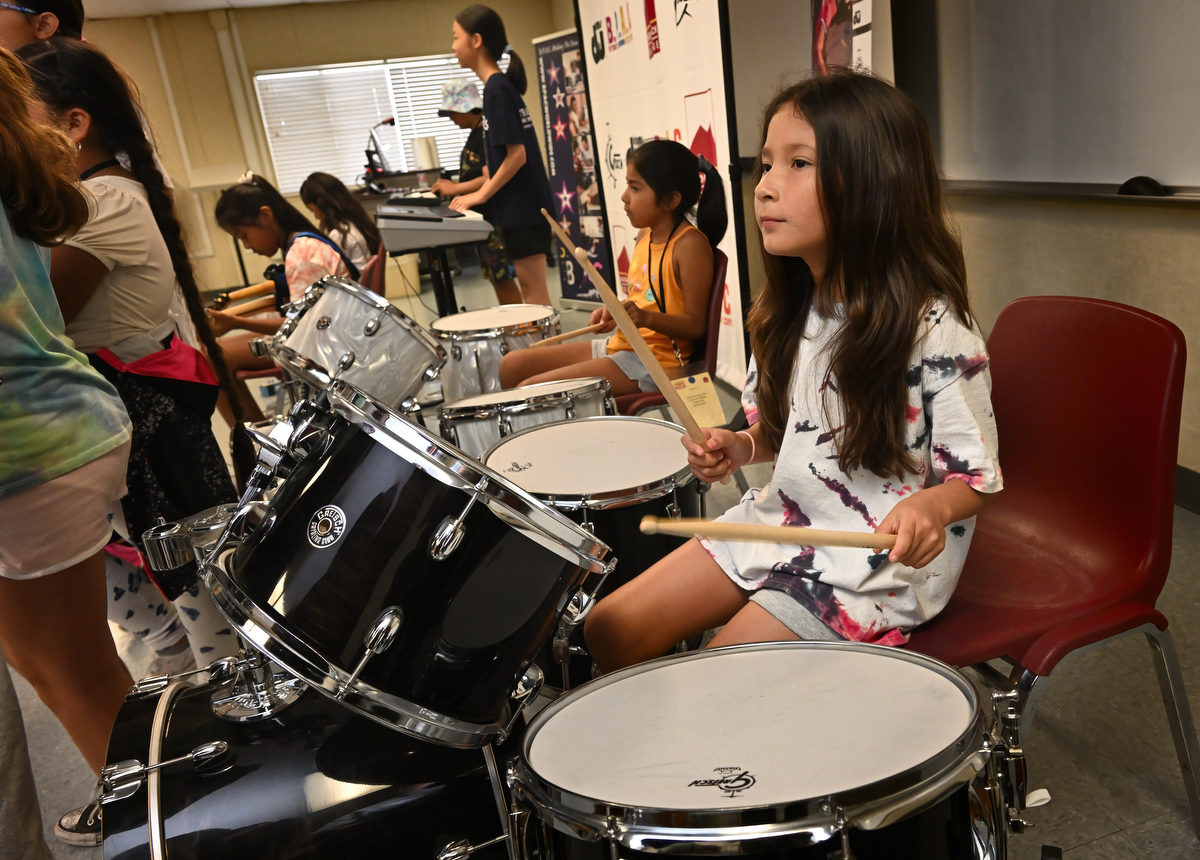
Photo by Steven Georges/CUSD Insider

